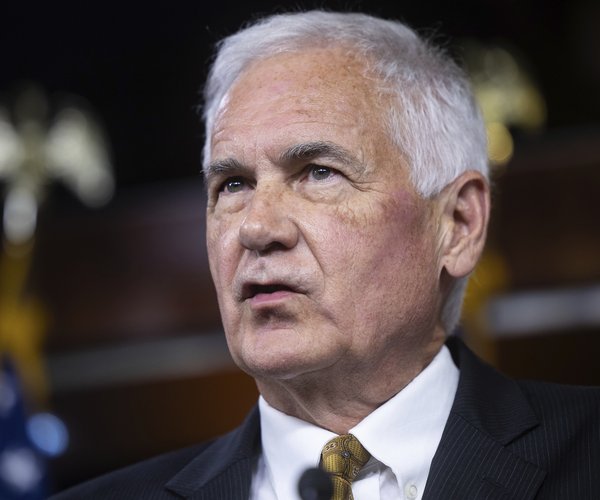California is not roaring back as Governor Gavin Newsom claims.
California’s $76 billion budget surplus roar will soon be a meow






